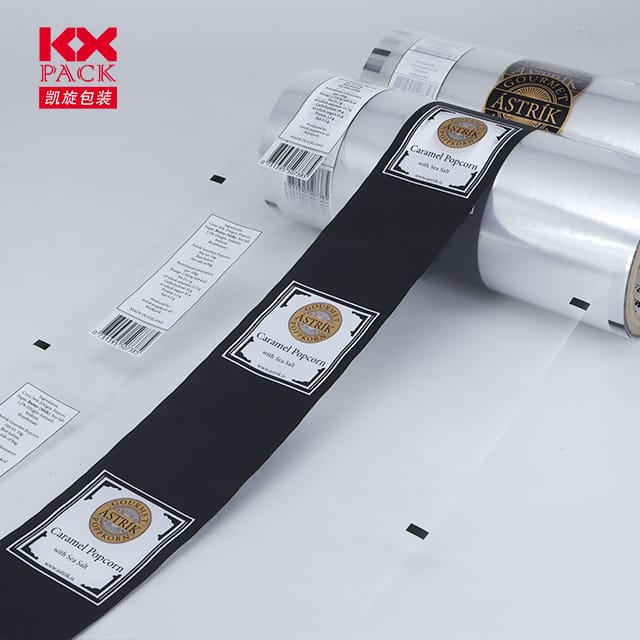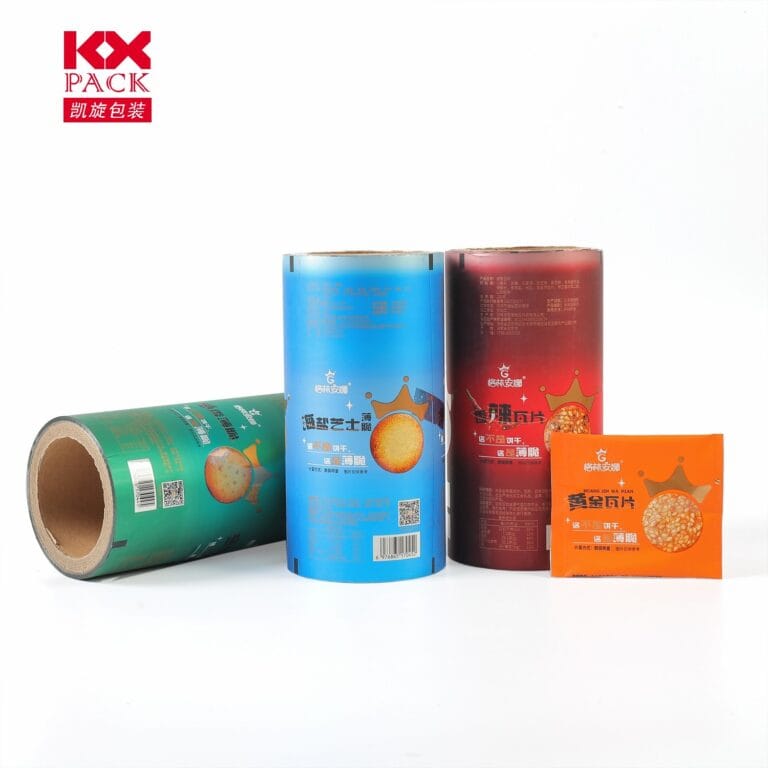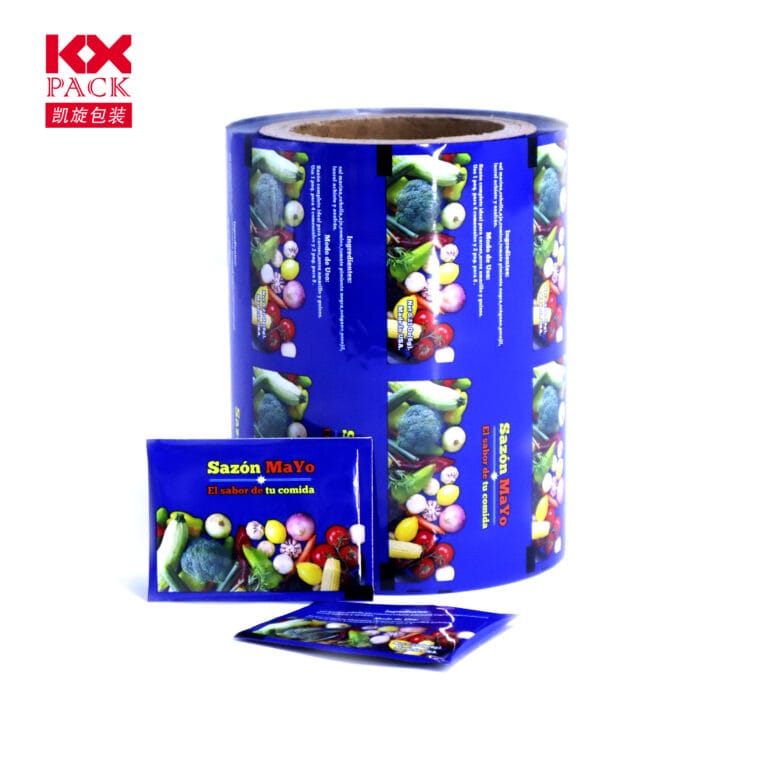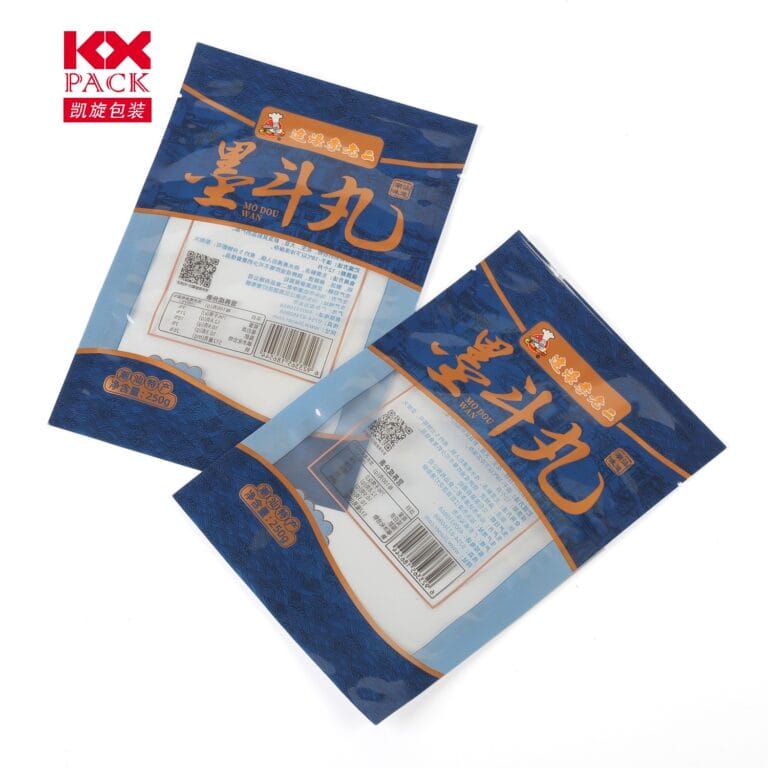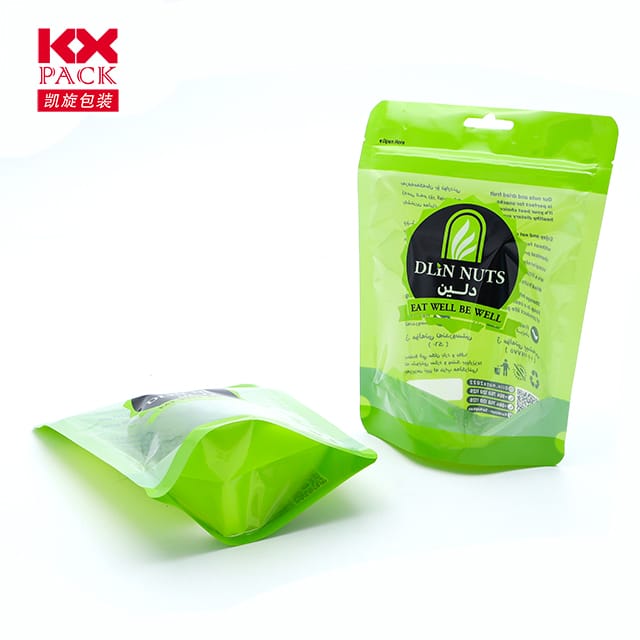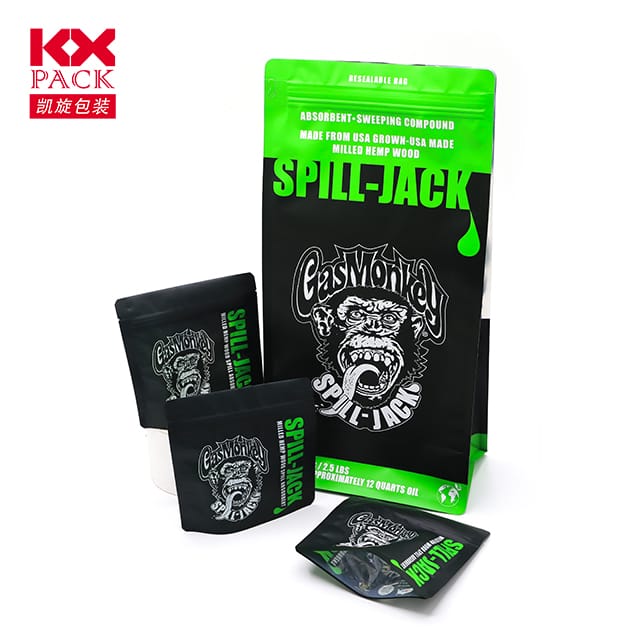Гибкие упаковочные типы пленок: Комплексное руководство для современных применений
Гибкая упаковочная пленка
В сегодняшнем быстро меняющемся мире, Гибкая упаковочная пленка has become a cornerstone of industries ranging from food and beverages to pharmaceuticals and personal care. Универсальность, долговечность, и экономическая эффективность гибких фильмов делает их идеальными для защиты продуктов, одновременно улучшая привлекательность на полке. Однако, с множеством типов фильмов доступно, selecting the right option for your specific needs can be overwhelming. This guide explores the most common flexible packaging film types, their unique properties, и приложения.
1. Полиэтилен (ЧП) Фильмы
Polyethylene is a workhorse in flexible packaging due to its exceptional flexibility, chemical resistance, and moisture barrier properties.
- Типы:
- LDPE (PE): Offers high clarity and tear resistance, often used for shrink wraps and frozen food packaging.
- Llde (Linear Low-Density PE): Stronger than LDPE, with superior puncture resistance, ideal for heavy-duty bags and industrial liners.
- HDPE (Высокая плотность PE): Rigid and opaque, used for bottles, контейнеры, and non-food applications like detergent pouches.
- Приложения: Food packaging, frozen goods, industrial liners, and agricultural films.
2. Полипропилен (ПП) Фильмы
Known for its high melting point and stiffness, Гибкая упаковочная пленка are favored in applications requiring heat resistance.
- Типы:
- Бопп (Biaxially-Oriented PP): Glossy and transparent, used for snack packaging, ярлыки, and overwrap.
- CPP (Cast PP): Heat-sealable and flexible, ideal for lid seals, обертывания потока, and medical packaging.
- Приложения: Microwaveable packaging, snack foods, ярлыки, and medical devices.
3. Полиэстер (ДОМАШНИЙ ПИТОМЕЦ) Фильмы
PET’s superior tensile strength, ясность, and gas barrier properties make it a premium choice for products needing extended shelf life.
- Типы:
- BoPET (Biaxially-Oriented PET): High-gloss and dimensionally stable, used for printed laminates, Электроника, and coffee bags.
- APET (Amorphous PET): Transparent and formable, suitable for thermoformed trays and blisters.
- Приложения: Beverage bottles, food trays, Электроника, and pharmaceuticals.
4. Aluminum Foil Laminates
Aluminum foil provides unparalleled barrier protection against light, кислород, и влага, making it critical for sensitive products.
- Структура: Often laminated with PE or PP for flexibility and heat-sealability.
- Приложения: Coffee packets, pet food, dairy products, and pharmaceutical blisters.
5. Биоразлагаемые пленки
As sustainability gains traction, biodegradable films made from PLA (Полилактановая кислота), Пхат (Полигидроксиалканоаты), or starch-based materials are rising in popularity.
- Преимущества: Compostable, уменьшение пластиковых отходов.
- Проблемы: Higher cost and sensitivity to moisture.
- Приложения: Свежие продукты, organic snacks, and eco-conscious brands.
6. Nylon Films
Nylon’s exceptional puncture resistance and gas barrier properties suit it for high-performance applications.
- Типы: Oriented nylon (ONY) and cast nylon.
- Приложения: Vacuum-packed meats, cheese packaging, and industrial parts.
Key Considerations for Selection
- Product Sensitivity: Choose films with high barriers for oxygen-sensitive items (НАПРИМЕР., кофе, орехи).
- Temperature Requirements: Гибкая упаковочная пленка or nylon for heat resistance; PE for cold storage.
- Sustainability Goals: Opt for biodegradable or recyclable materials.
- Экономическая эффективность: Balance performance with budget—e.g., PET for premium products vs. PE for cost-sensitive markets.
Рыночные тенденции
- Устойчивость: Brands are increasingly adopting biodegradable and recyclable films to meet eco-conscious consumer demands.
- Инновации: Advances in nanotechnology and smart packaging (НАПРИМЕР., Временные температурные показатели) are enhancing functionality.
- Соответствие нормативным требованиям: Соответствие FDA, Евросоюз, and local regulations for food contact and recyclability is non-negotiable.
Заключение
Selecting the right flexible packaging film is a blend of science and strategy. By understanding material properties, application requirements, and market trends, businesses can optimize product protection, срок годности, and brand appeal. As the industry evolves toward greener solutions, staying informed about biodegradable alternatives and innovative technologies will be key to future-proofing your packaging strategy.
Whether you’re packaging perishable goods, медицинские принадлежности, or industrial components, the perfect film exists—it’s just a matter of knowing where to look!

